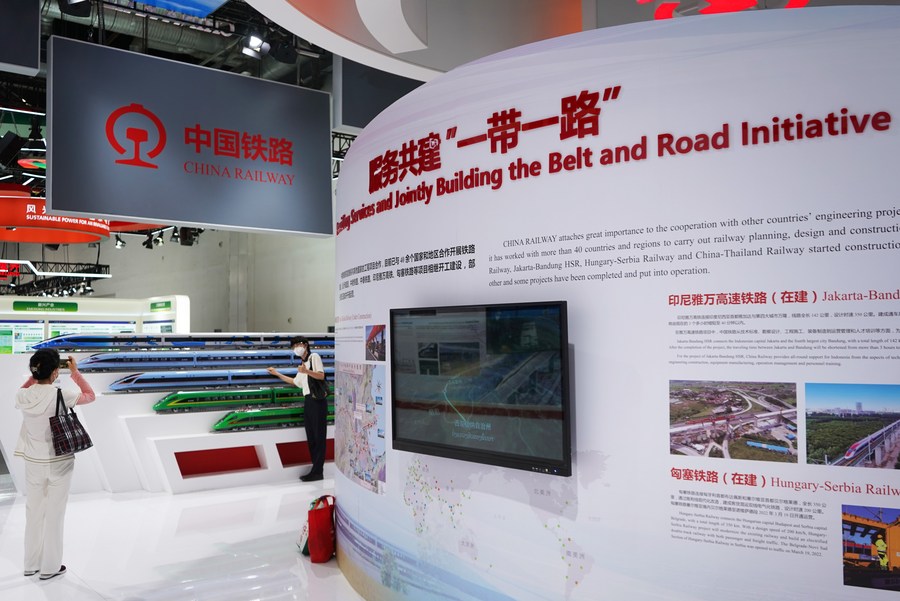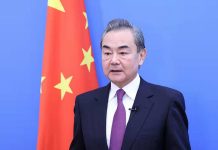BEIJING: Some 2,000 years ago, merchants traversed grasslands and deserts and braved stormy waves using camel caravans and ships to conduct trade between the East and the West via the ancient Silk Road.
Such arduous experiences have been rendered obsolete today thanks to the burgeoning development of digital trade, which has brought the world to everyone’s fingertips.
The total added value of the digital economy in 47 major countries around the world hit 38.1 trillion U.S. dollars in 2021, with the scale of China’s digital economy hitting 7.1 trillion dollars, ranking second globally, according to a white paper on the global digital economy released in July by the China Academy of Information and Communications Technology. ”Digital trade, as an important component of the digital economy, is an important link connecting domestic and international digital markets,” said Vice Minister of Commerce Sheng Qiuping.
Proposed by China in 2013, the Belt and Road Initiative (BRI) envisions trade and infrastructure networks connecting Asia with Europe and Africa along the ancient Silk Road routes.
Over the past 10 years or so, the BRI has followed the guiding principles of extensive consultation, joint contribution and shared benefits. It has made impressive headway in delivering tangible benefits to local residents through connectivity projects such as the Peljesac Bridge, the Mombasa-Nairobi Standard Gauge Railway in Africa and the new Haifa port in Israel, among others.
To keep up with the digital transformation trends, the Digital Silk Road was launched. It is the technology dimension of the BRI, which extends from the ocean floor to outer space enabling artificial intelligence, big data applications and other strategic internet solutions. As of July, China had established the Digital Silk Road cooperation mechanism with 16 countries, advanced the Silk Road E-commerce bilateral cooperation mechanism with 23 countries, and built 34 cross-border land cables and several international submarine cables with neighboring countries.
“The COVID-19 epidemic led to unprecedented supply chain disruptions,” said Zhang Xiangchen, deputy director-general of the World Trade Organization (WTO), at the just concluded 2022 China International Fair for Trade in Services (CIFTIS). –Agencies






